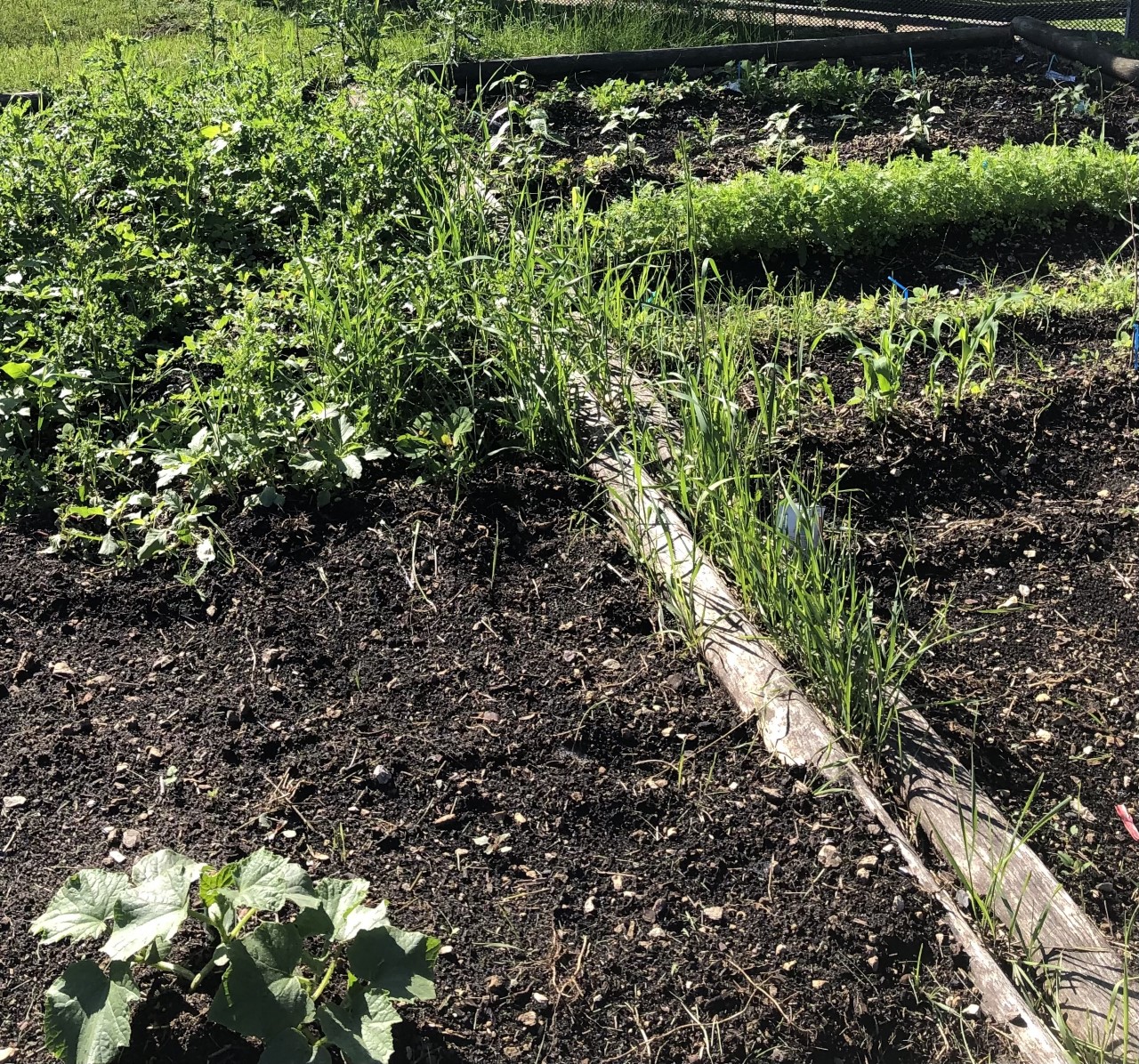God’s material creation is an extension of His love. Our relationship to creation is part of our relationship to God, because, as we see in Genesis, there is a responsibility that is given to humanity by God to steward, to care and to guard creation. In the first creation narrative in Genesis chapter 1, it states that, “The land produced vegetation: plants bearing seeds according to their kinds and trees bearing fruit with seed in it according to their kinds. And God saw that it was good” (Gen 1:14). Shortly after this, God declares that He has given, “every plant yielding seed that is on the surface of all the earth and every tree which has fruit yielding seed…[as] food for you [humanity]” (Gen 1:29). What a powerful and hopeful proclamation this is! In fact, in the first two chapters of Genesis, there is a surprising preponderance of horticultural and agrarian descriptors, images and instructions. Much of this culminates in 2:15, where it states that, “the Lord took the man and put him into the garden of Eden to cultivate it and to keep it.”
In Psalm 104:14, the author poetically praises God for making “grass grow for the cattle, and plants for people to cultivate – bringing forth food from the earth.”
What we see in God’s creation, is that humanity and the earth are reliant upon another. The earth provides human beings with nourishment and sustenance, while humans take the earth under their care and stewardship. In our increasingly technological age, many of us have become disconnected from the production of the food we eat and the land that provides us with that food. While not everyone can be a farmer or even has the luxury or space to use soil and seed, there is something profound about creating space to do so if the opportunity arises.
At both our Damascus Way campuses in Rochester, a number of residents have taken the initiative to do just that. At the Rochester 2118 campus, residents have made use of space in a fenced in yard area behind the building to grow an assortment of greens.
Over at the transitional housing (also known as the Rochester Apartments), residents took old paneling from the side of the the apartments, after a recent exterior renovation of the apartments and built four raised garden beds. At the apartments the men have planted various kinds of flowers, herbs and vegetables. One of the residents spoke about how he enjoyed growing peppers and jalapenos and often used the garden cilantro for meals as well.
As you can see, residents from both sites in Rochester have invested time and energy into building and cultivating these gardens. It is no doubt a very rewarding and encouraging pursuit that teaches valuable skills and virtues.
Here are some photos of the Rochester gardens below!


